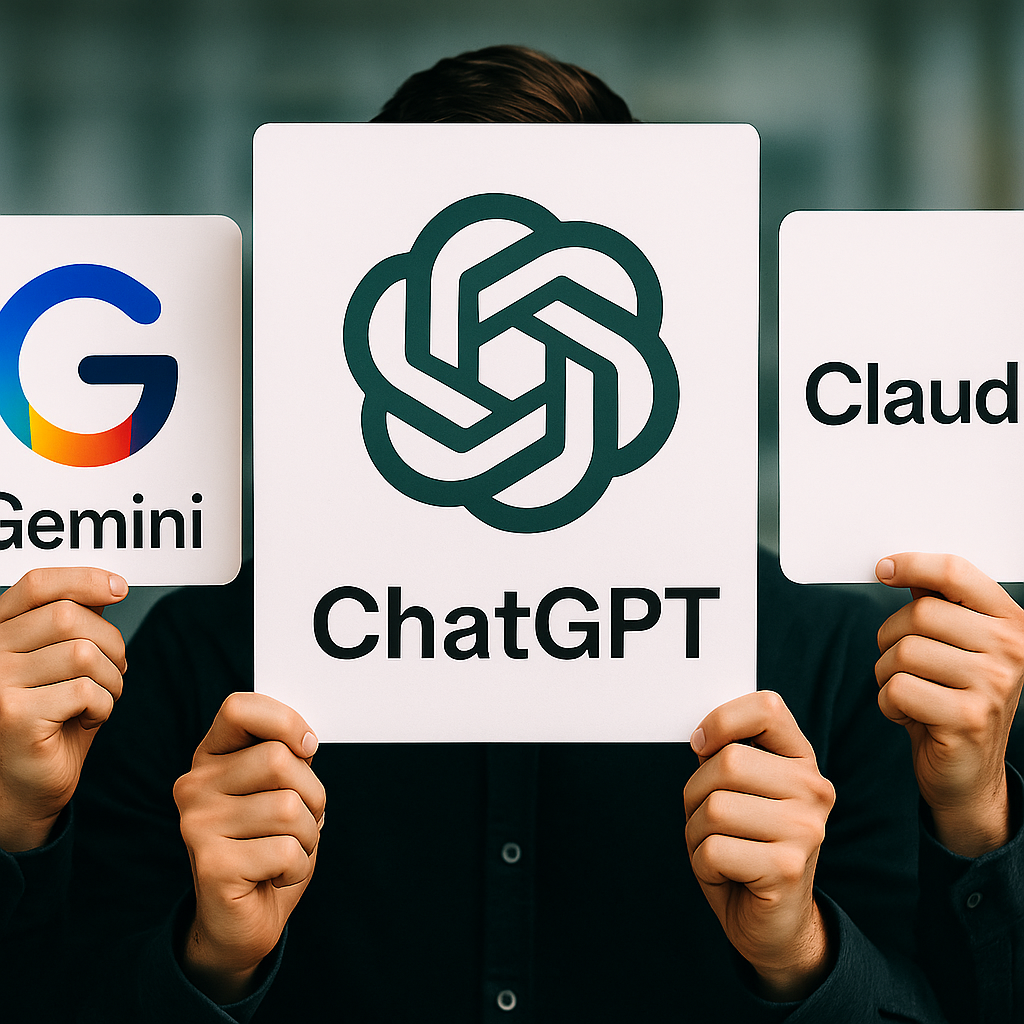How AI is Turning Things Around for the Ad Business
The ad business has always evolved with the times. From print to radio, TV to the web, and now the shift that matters most: AI. For many in the industry, it’s been a much-needed reset. Not a fix-all, but a real shift in how ads are planned, delivered, and judged.
Budgets Go Further With Smarter Targeting
AI isn’t just doing the job faster. It’s changing what’s possible. Tools like Meta Advantage+ and Google Performance Max are not only automating ad delivery. They’re learning. Quickly. And with every campaign, they get better at reaching the right people.
Ad buyers used to make choices based on rough personas. Now AI builds those audiences in real time. Using live data. Not hunches.
Example: A mid-size eCommerce brand using Performance Max can now hit multiple audience segments across Search, YouTube, Gmail, and Display, automatically adjusting bids and creatives. No manual input needed after setup.
The result? Better ROAS. Faster iteration. Less waste.
Copywriting Isn’t Dead. It’s Getting Help.
Ad copy has always needed a human touch. That hasn’t changed. But AI is taking on the drafts, the variations, the grunt work.
Tools like Copy.ai and Jasper let teams test 10 different headlines in seconds. Not all of them are good. But a few are worth testing.
It’s not about handing over the craft. It’s about speeding up the process.
And in performance-driven environments where A/B testing matters, this kind of speed makes a difference.
Real-Time Analytics, No Guesswork
AI tools now look at ad data and give direct recommendations. Which ad to kill. Which audience to scale. Which image is dragging performance down.
Google’s Ads Insights and Meta’s Advantage+ reporting show this in action. For marketers juggling dozens of ad sets, these tools point out patterns quickly.
It doesn’t always replace human intuition. But it reduces guesswork.
Marketers can now spend more time acting, less time digging through dashboards.
Dynamic Creatives Are Actually Useful Now
One of the big promises of AI has been making creatives smarter. Now it’s delivering.
Facebook’s Dynamic Creative tool mixes and matches headlines, images, and CTAs based on user response. Over time, it leans into the combinations that get clicks. Same for Google’s responsive search ads.
This means creative teams no longer have to predict which single version will work. They can give options, and let AI figure out what connects.
AI-Generated Content Isn’t a Gimmick Anymore
It used to be easy to spot AI-written copy. Awkward phrases. Repetitive language. Now? The line is blurry.
With the right inputs and good editing, AI-generated ad scripts, email campaigns, and even product descriptions are becoming normal parts of the workflow.
A study by HubSpot found that 43% of marketers now use AI tools to generate content weekly.
The key is using these tools for scale, not for creativity. Let AI write the 200 variations. Humans still pick the winners.
HubSpot State of AI in Marketing
Predictive Analytics Is Changing Strategy
AI is helping ad teams forecast performance, not just review it.
Platforms like Adobe Sensei and Quantcast are built around predictive analytics. They model likely outcomes based on previous behavior.
So rather than waiting to see which campaign fails, marketers are starting to adjust ahead of time.
It doesn’t remove all risk. But it helps spot trends faster.
Personalization at Scale Isn’t Just for Amazon
AI makes one-to-one personalization easier. And cheaper.
Dynamic product ads, for example, let a clothing brand show each user a different carousel, depending on what they browsed yesterday.
Email marketing platforms like Klaviyo use AI to send messages at the time each individual is most likely to open.
This kind of micro-personalization used to require a huge data team. Now it comes baked in.
AI Is Cleaning Up Media Buying
Programmatic ads have always relied on automation. But AI is now doing the hard part: identifying fraud, filtering out poor placements, and helping brands avoid brand safety issues.
Tools like Integral Ad Science and DoubleVerify are applying machine learning to check where ads appear and who’s seeing them. That means less budget wasted on bot traffic or junk sites.
Campaign Management Is Getting Centralized
Most ad teams still juggle a dozen dashboards. One for paid social. One for search. One for programmatic.
Platforms like Madgicx and Adzooma are helping pull this together. They use AI to recommend budget shifts, pause underperforming ads, and highlight winning audiences\u2014all in one place.
It’s not perfect. But it’s moving toward something better: one view of performance across all platforms.
Humans Still Have a Job
AI isn’t replacing ad strategists. It’s removing friction.
What used to take a team of five now takes two. What used to take days now happens in hours.
This gives human teams space to do what machines can’t: understand context, emotion, trends, timing.
One example: a regional coffee chain used AI to plan its media spend but still relied on local marketers to shape the messaging. The result? More clicks, better sentiment, and increased repeat visits.
The best results come when AI and human insight work together.
What’s Next?
Expect deeper integration. AI will keep moving upstream. Into planning. Into budgeting. Into brand strategy.
Tools like ChatGPT and Claude are already assisting with media planning prompts, customer personas, and segmentation logic. That’s only going to grow.
As AI gets better at understanding nuance and intent, it’ll do more than react. It’ll help shape campaigns from day one.
But the principle remains: use it where it helps. Ignore it where it doesn’t. And always test.

Image Credit: Unsplash – AI Advertising








